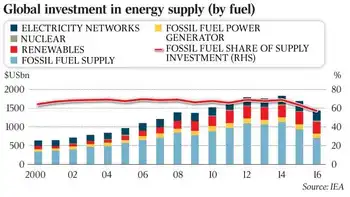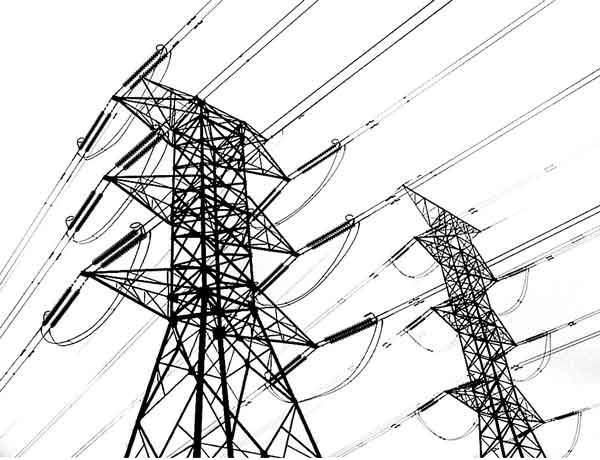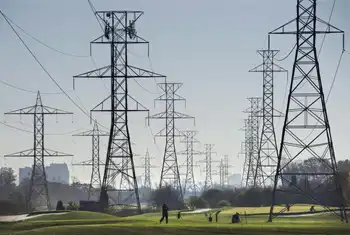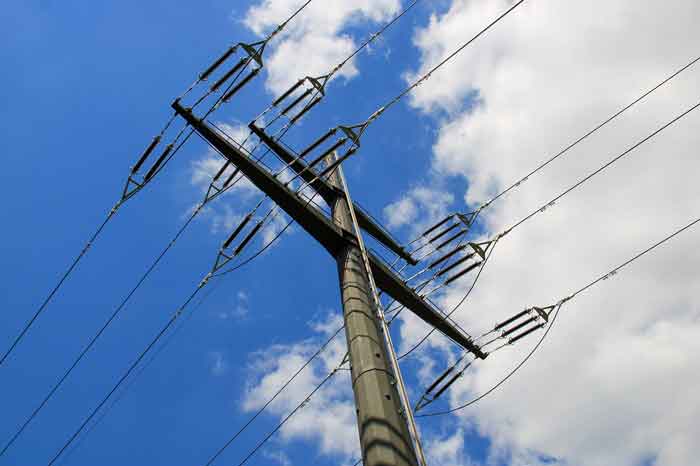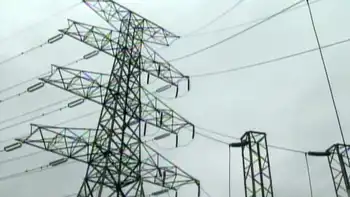Can geothermal help Japan in crisis?
By Reuters
Arc Flash Training CSA Z462 - Electrical Safety Essentials
Our customized live online or in‑person group training can be delivered to your staff at your location.

- Live Online
- 6 hours Instructor-led
- Group Training Available
But, battling to control its crippled Fukushima nuclear complex, and planning to build 13 more nuclear power stations, Japan has no plans to harness its estimated 23.5 gigawatts GW in geothermal potential — other than to develop hot springs.
Geothermal energy, which in Asia struggles under limited government and funding support, is likely to attract interest as investors rethink the outlook for nuclear power following the crisis at Fukushima.
Straddled along the Pacific Ring of Fire, an arc of seismic activity, Asia's geothermal reservoirs are among the world's largest. Indonesia alone holds 40 percent of the world's total reserves, but less than 4 percent is being developed, leaving the sector wide open for growth.
Asia's leading, fast-growth economies have relied on nuclear power to feed their insatiable energy demands. About 112 nuclear power reactors run in six countries in Asia, and more than 264 are planned for construction, according to the London-headquartered World Nuclear Association.
As public scrutiny of the nuclear industry intensifies, Asian governments will come under pressure to reduce nuclear power's share in the energy mix, and allow for safer sources of clean energy to fill the gap.
"The Japanese will be reviewing their nuclear capacity and so will many other places in the world," said Jeffrey Higgs, managing director at Hong Kong-based asset management firm Environmental Investment Services Asia.
"This will refocus attention on alternative energy. Others will begin to look at geothermal as an alternative the safest, cleanest of all energy sources," Higgs said.
And that could benefit Japanese manufacturers more than most.
Mitsubishi Corp, Toshiba Corp and Fuji Electric are leaders in the geothermal equipment industry, supplying nearly 70 percent of all steam turbines and power gear at geothermal plants worldwide.
Other companies that could see a pick-up in business include Philippines' Energy Development Corp, a geothermal steamfield operator, and Australia's Panax Geothermal.
New Zealand's Contact Energy, Australia's Origin Energy and Japan's Idemitsu Kosan own assets in the sector.
Geothermal energy, which feeds on heat from the earth's core to release steam from underground reservoirs, could be a viable replacement for some of the world's nuclear power, experts said.
It's a steady source of power and, unlike solar or wind, is unaffected by unpredictable weather patterns.
The long-term cost of geothermal power, depending on geological conditions, could be less than coal. Once reserves are confirmed and a power plant built, the steam that fuels turbines at the plant is virtually free.
In Japan, which ranks third behind the United States and Indonesia in geothermal potential, according to a Citigroup report, the resource represents just a fraction of the country's energy mix.
Heat within 10,000 meters of the earth's crust contains 50,000 times more energy than all the oil and natural gas resources in the world.
That heat, once you tap into it, is free. But harnessing it is costly.
A geothermal project is like an oil or mining project. The size of a resource is unknown until a series of drilling activity takes place. The upfront cost of developing geothermal energy can be high.
A 20 MW geothermal power plant requires an initial $7 million to assess, and then another $20-$40 million to drill.
Until the resource is proven, the risk of losing that investment is high.
One megawatt of geothermal energy requires an investment of about $3.5 million, versus $1.2 million for coal energy.
The 5-7 year gestation period from discovery to commercial operation presents another hurdle.
Few funds are drawn to geothermal projects because of that long payback period. By comparison, a wind or solar farm can be up and running from scratch in 12-18 months.
"You don't know it's there until you actually have developed it," said Mike Crosetti, managing director at Castle Rock Consulting, which conducted geothermal pricing studies for the Indonesian government.
"And the world is full of cases where geothermal fields have been assessed, developed and then found out that: 'Uh-oh, we can't sustain that kind of production out of that field."
Higgs, at Environmental Investment, said: "Geothermal will need a clear government policy put in place, allowing for a clear understanding that companies can manufacture, build and operate in a country 10 years hence."





